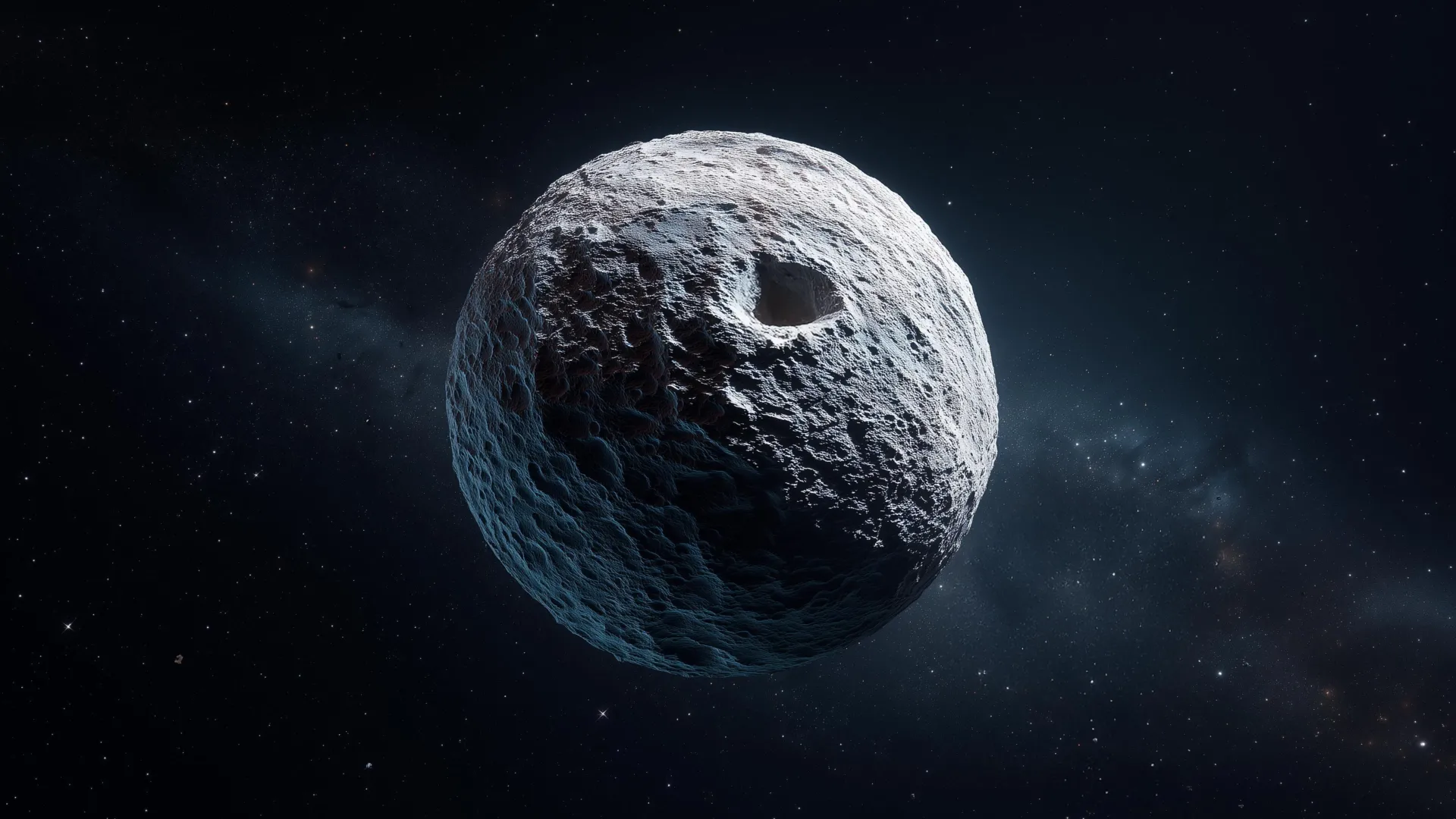
A strange fossil at the edge of the solar system just shook up Planet Nine theories
How did your country report this? Share your view in the comments.
Diverging Reports Breakdown
A strange fossil at the edge of the solar system just shook up Planet Nine theories
Subaru Telescope has made an exciting discovery: a small body beyond Pluto, with implications for the formation, evolution, and current structure of the outer Solar System. The object is currently designated 2023 KQ 14 ; a more classical name will be assigned later by the International Astronomical Union. This discovery also places new constraints on the hypothetical Planet Nine. If Planet Nine exists, its orbit must lie farther out than typically predicted.
The object was found as part of the survey project FOSSIL (Formation of the Outer Solar System: An Icy Legacy), which takes advantage of the Subaru Telescope’s wide field of view. The object was discovered through observations taken in March, May, and August 2023 using the Subaru Telescope. The object is currently designated 2023 KQ 14 ; a more classical name will be assigned later by the International Astronomical Union. After that, follow-up observations in July 2024 with the Canada-France-Hawaii Telescope and a search for unrecognized sightings of the object in old data from other observatories allowed astronomers to track the object’s orbit over 19 years. Due to its peculiar distant orbit, 2023 KQ 14 has been classified as a “sednoid,” making it only the fourth known example of this rare type of object.
Numerical simulations conducted by the FOSSIL team, some of which used the PC cluster operated by the National Astronomical Observatory of Japan, indicate that 2023 KQ 14 has maintained a stable orbit for at least 4.5 billion years. Although its current orbit differs from those of the other sednoids, the simulations suggest that their orbits were remarkably similar around 4.2 billion years ago.
The fact that 2023 KQ 14 now follows an orbit different from the other sednoids indicates that the outer Solar System is more diverse and complex than previously thought. This discovery also places new constraints on the hypothetical Planet Nine. If Planet Nine exists, its orbit must lie farther out than typically predicted.
Dr. Yukun Huang of the National Astronomical Observatory of Japan who conducted simulations of the orbit comments, “The fact that 2023 KQ 14 ‘s current orbit does not align with those of the other three sednoids lowers the likelihood of the Planet Nine hypothesis. It is possible that a planet once existed in the Solar System but was later ejected, causing the unusual orbits we see today.”
Source: https://www.sciencedaily.com/releases/2025/07/250720092541.htm
